In November 1946, hair salon owner Viola Desmond went to a film at the Roseland Theatre in New Glasgow, Nova Scotia. But what began as a night at the movies became a night in prison.
Unaware that the theatre was segregated, the Black Nova Scotian chose a main‐floor seat. When she refused to move to the balcony, where Black patrons were expected to sit, she was arrested and dragged out of the theatre.
For many people, the story would have ended there – but Desmond refused to accept the charges against her, and her case went all the way to Nova Scotia’s Supreme Court.
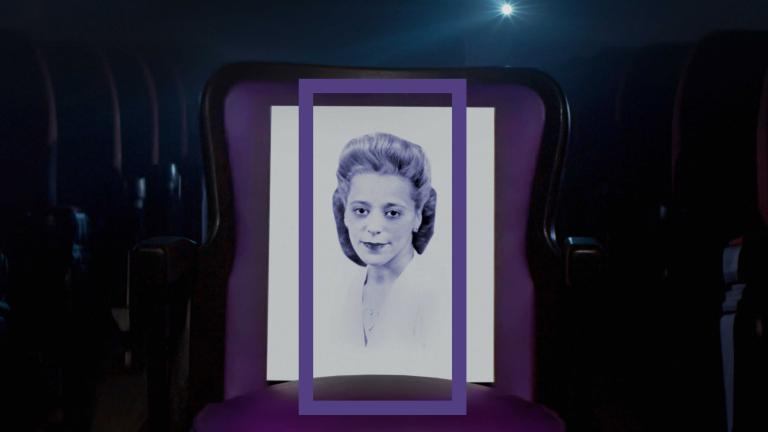
_0.jpg?itok=m8C0DQjS)
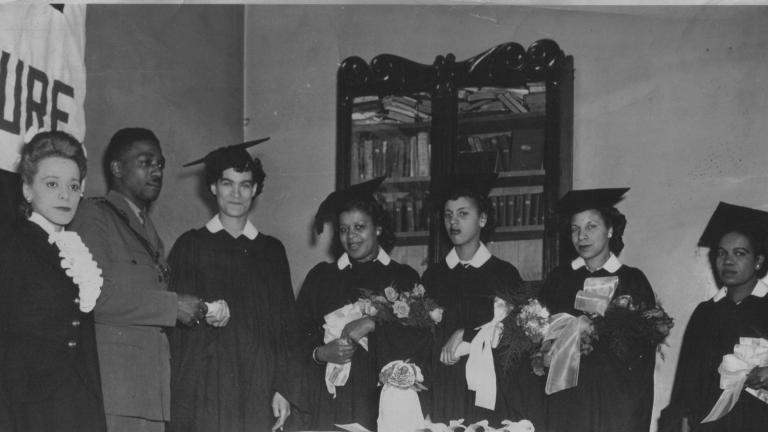
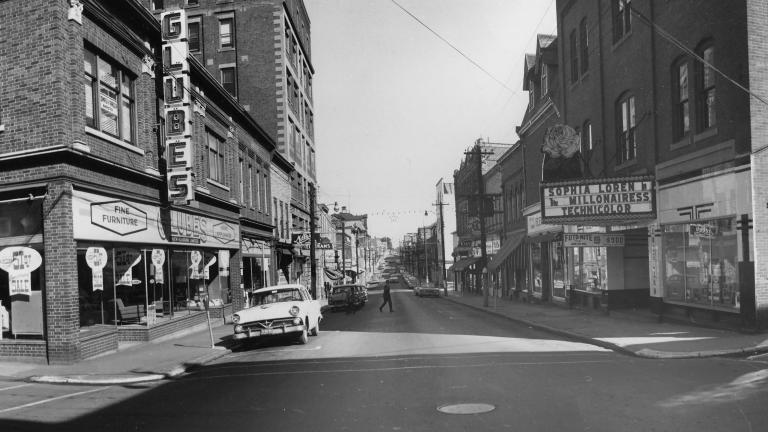


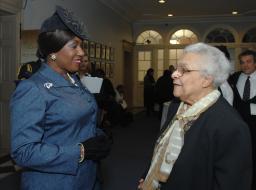
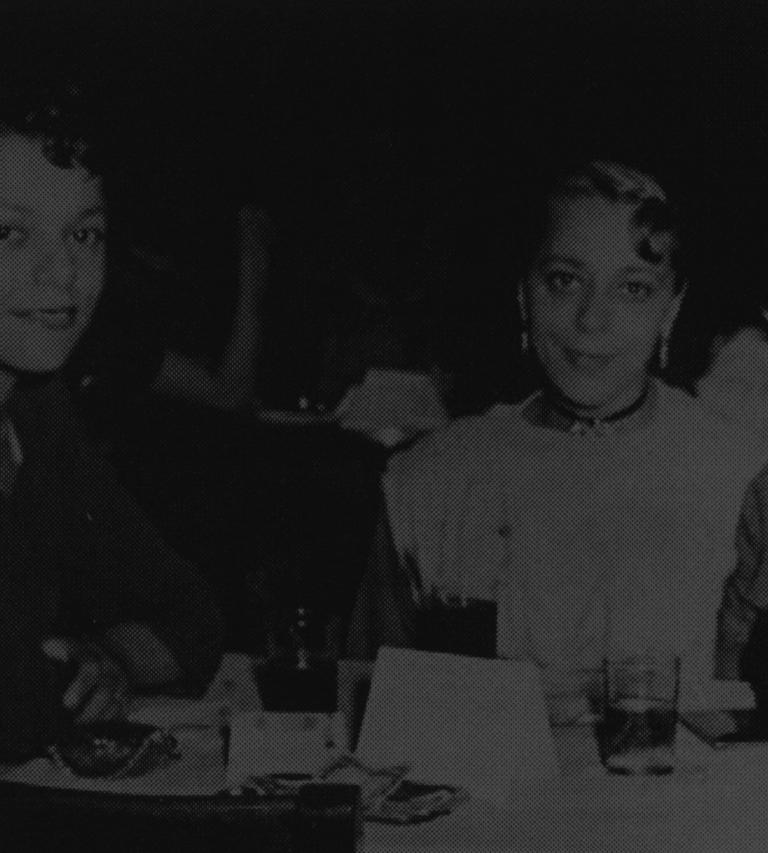

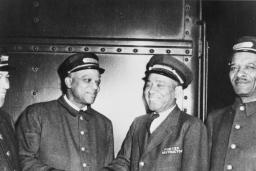

Continue the conversation
This story sparked interesting discussion when we shared it on social media. Follow us on Facebook and X to join the conversation.
Bank of Canada Museum
X February 20, 2020 by Bank of Canada MuseumAdrian Harewood
X February 27, 2020 by Adrian HarewoodKathy Grant
facebook February 10, 2020 by Kathy GrantContinue the conversation
Kandyse
X February 7, 2020 by Kandyse